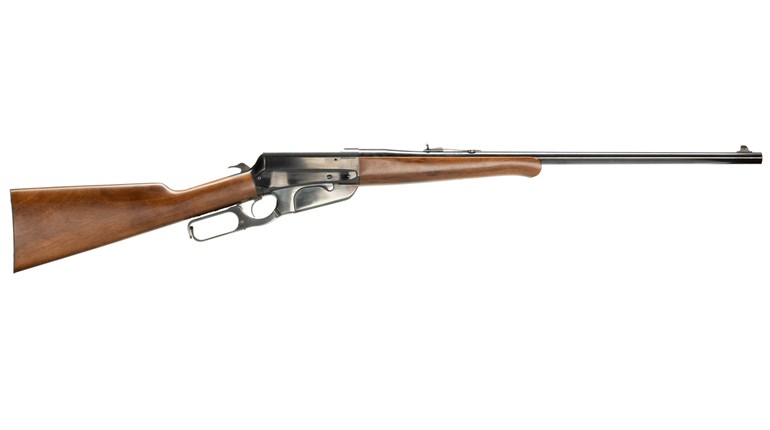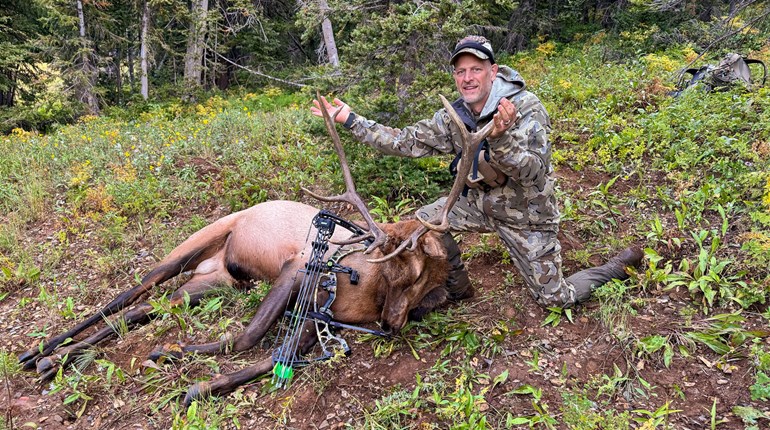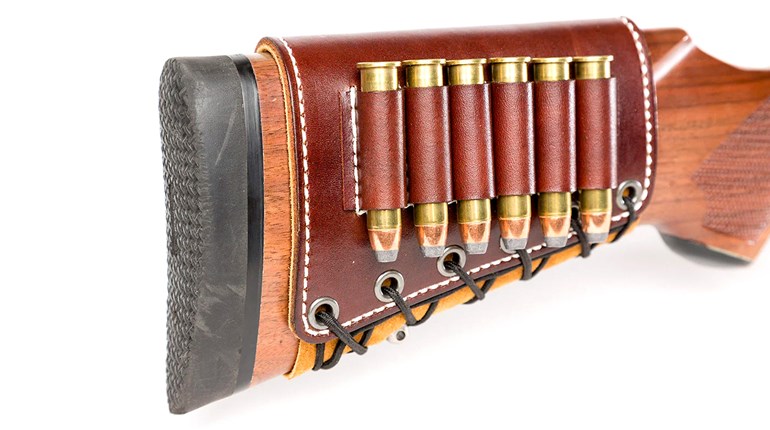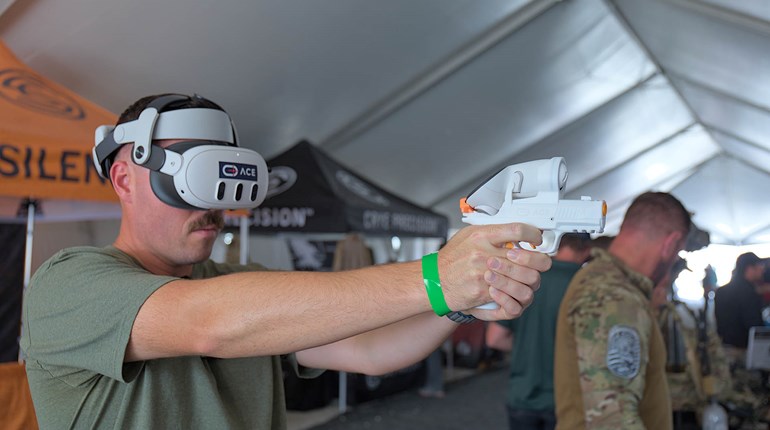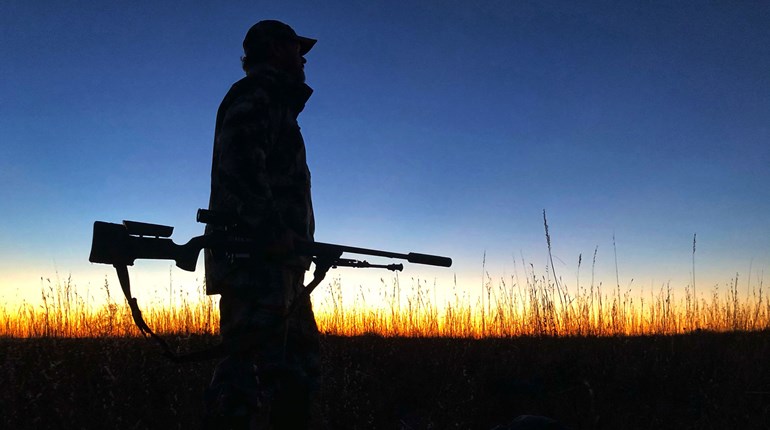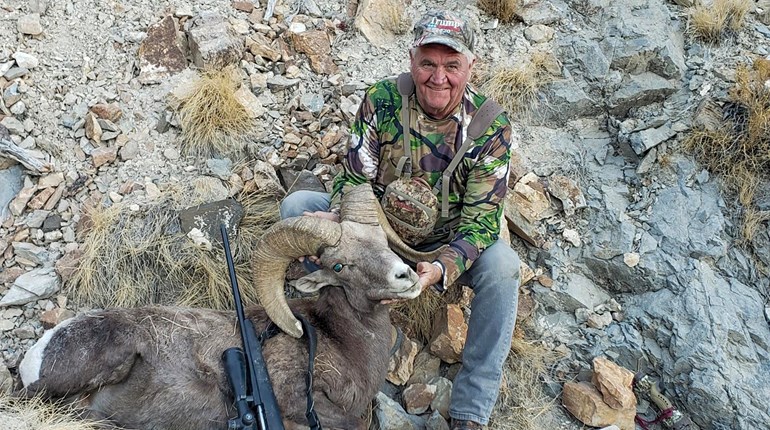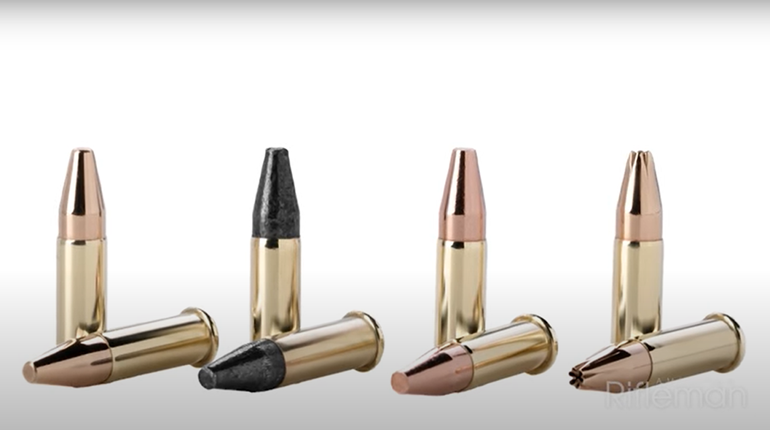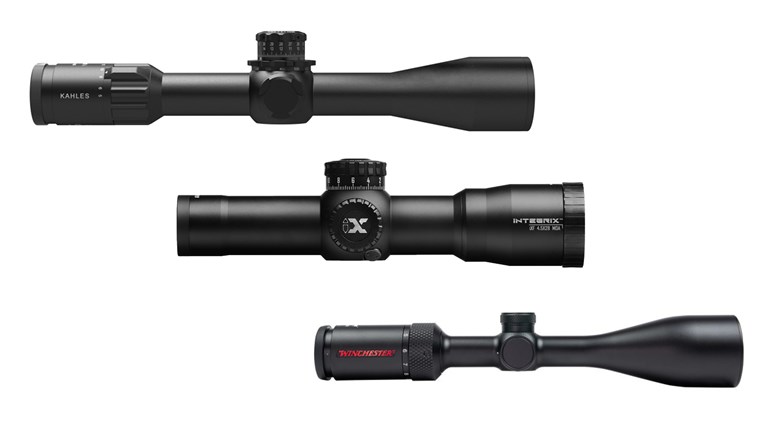
It always sat nestled among the other long guns in the closet of the bathroom in my grandparents’ farmhouse. Its massive barrel and unique lever action made it stand out against several .22-caliber bolt-action rifles and some shotguns. A Winchester Model 1895, “The Big Rifle,” awed me, my brothers and cousins. As young boys in the 1950s, we were allowed to use the .22-caliber rifles on our grandparents’ farm in Oklahoma. However, we were admonished to never touch The Big Rifle.
My grandfather acquired The Big Rifle from his sister’s family, my grandfather’s brother-in-law likely the original purchaser of the rifle. Sadly, this brother-in-law, my grandfather’s sister and one of their daughters were killed in a car-train accident in 1926 near Sanders, Mont. The Big Rifle was discovered in the wreckage of the car, and it was saved for the family. With only one young daughter of his deceased sister’s family left, it was given to my grandfather.
When The Big Rifle came into my hands, I obtained a Cody Firearms Museum manufacturer’s information letter that confirmed the caliber as .30 and a rimless case, but not the specific cartridge. The letter stated a date of Sept. 5, 1906, when the serial number was applied to the rifle. Looking for some expert advice, my hunting buddy Don and I headed to Wanenmacher’s Tulsa Arms Show and found a table occupied by Ray Giles, co-author of the book 100 Years of Winchester Cartridge Boxes, 1856-1956. While visiting with Ray, he turned to a page in his book that pictured the .30-03 cartridge, with a description confirming the short life of the .30-03 and its place in cartridge history as the immediate predecessor of the .30-06. It is marked “.30 U.S. Mod. 1903” on the top of the barrel, about which Ray later told me was critical and defining that the rifle was originally chambered in the short-lived .30-03 cartridge.
Since the .30-03 cartridge is obsolete and no longer manufactured, it was necessary to develop a .30-03 handload for The Big Rifle. The dimensions of the .30-03 cartridge and the .30-06 cartridge are the same, except that the neck of the .30-06 cartridge is .07 inch shorter. The .30-03 case is also the parent case of the .270 cartridge, and the case dimensions are identical except for the necked-down diameter of 0.277 inch for the .270 cartridge. Many sources suggest that re-sizing the neck of a .270 cartridge to .308 inch was the best way to load a .30-03 cartridge. Armed with this information, Don and I used some .270 cases to resize twenty .30-03 cartridge cases. Knowing that the 1903 U.S. Army’s need for the most accurate round possible led them to choose a 220-grain round-nosed bullet, that decision was simple. A reloading manual listed a powder choice matched with a 220-grain .308 bullet that would produce a muzzle velocity of 2287 fps, very close to the 2300 fps of the original 1903 .30-03 cartridge. Using this information, we carefully loaded twenty .30-03 cartridges.
As we set up the targets at the range, my mind went over the safety aspects. Although The Big Rifle was now more than 117 years old, I felt that the craftsmen in the Winchester factory of that time had produced top-quality rifles. The action still seemed strong and worked smoothly, and we had carefully loaded the .30-03 cartridges with a minimum powder charge. I settled in behind the rifle and squeezed off the first round. It bucked against my shoulder and sent the 220-grain bullet downrange into the target. With a sigh of relief and a big grin on my face, two more shots produced a three-shot group of about an inch at that 50-yard target. Confident then that it could shoot a consistent group, we adjusted the front sight to bring the shots to the right. A few more rounds and a couple of sight adjustments had The Big Rifle hitting dead-center windage-wise and an inch-and-a-half high at a 100-yard target.
The Big Rifle proved it was ready for hunting, and I was fortunate to take an elk with it during Oklahoma’s October elk season, as well as a nice 9-point whitetail buck on the opening morning of Oklahoma’s rifle deer season. I’m thankful for the generosity of family and friends that have been involved in this opportunity, and will now begin the process of passing down the legacy to my son and grandsons so they, too, will enjoy the pleasure of hunting with our family’s Winchester Model 1895, The Big Rifle.













